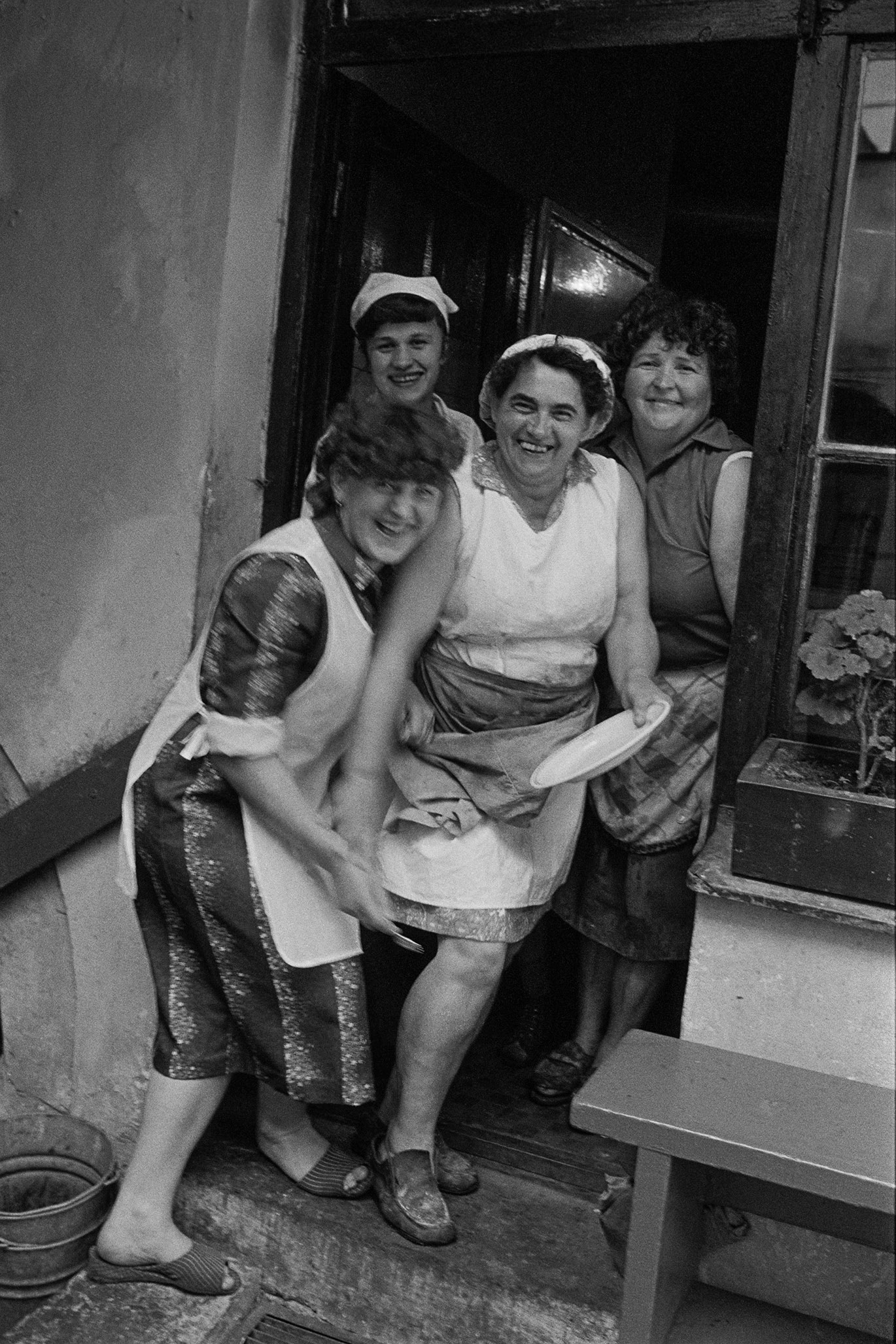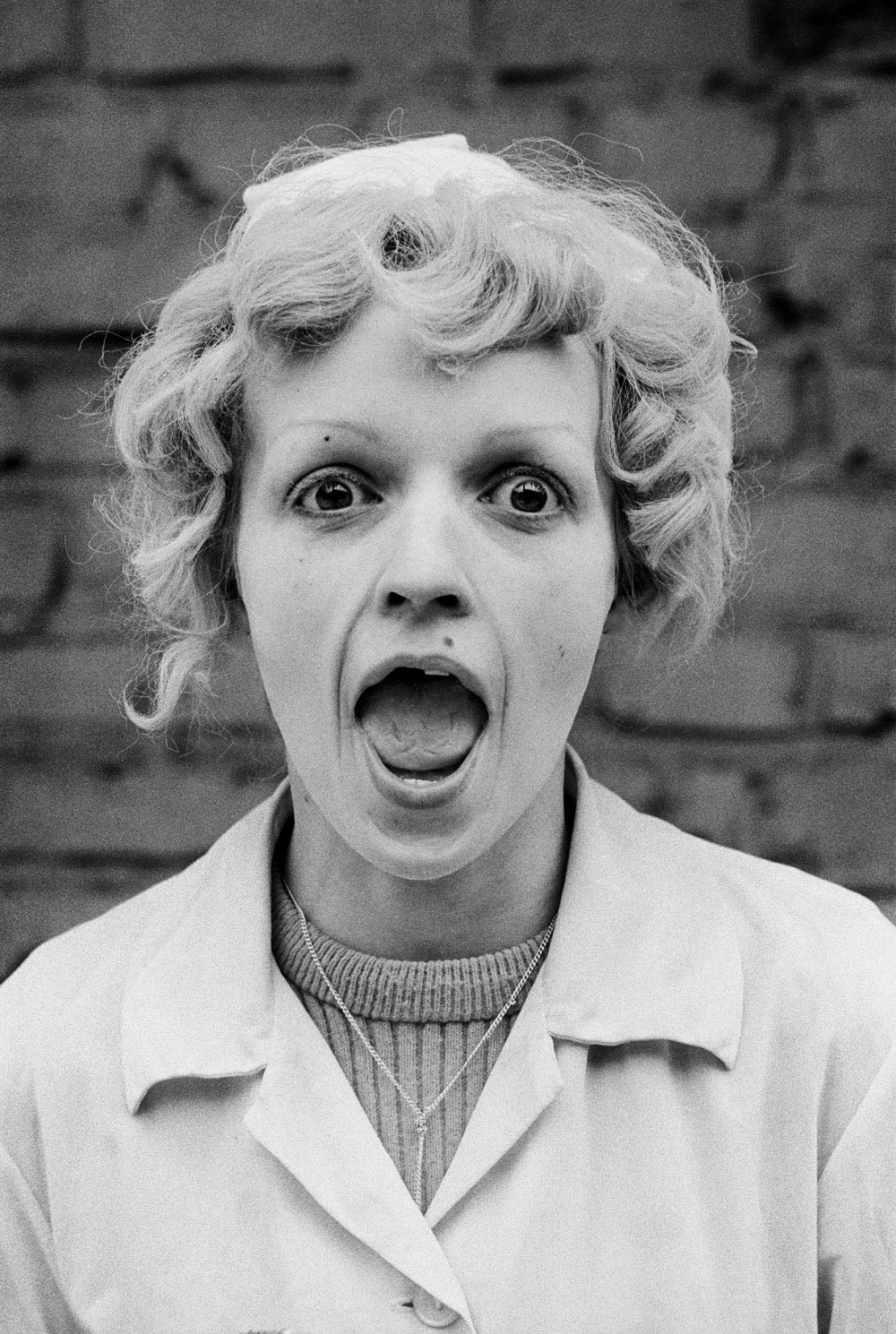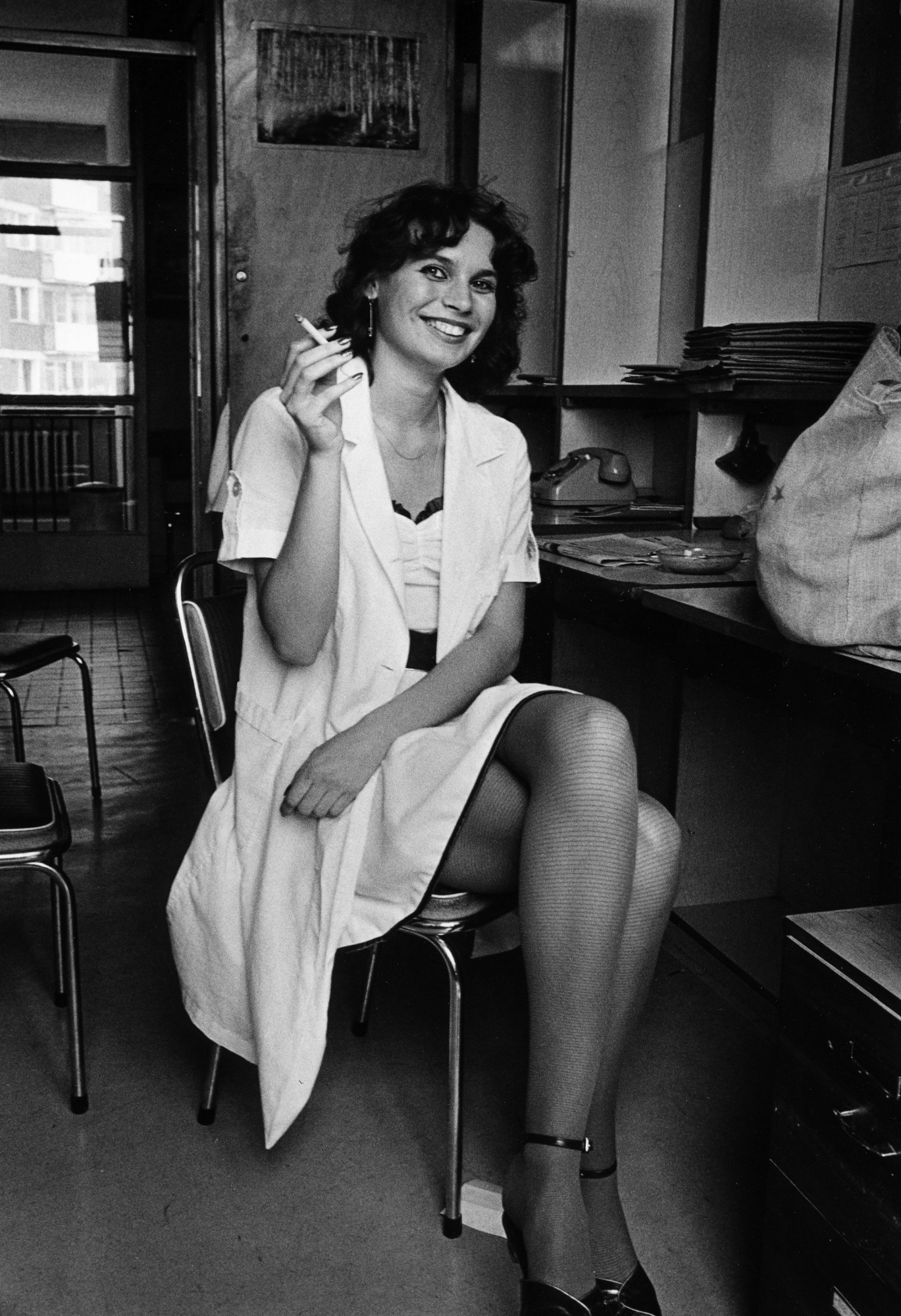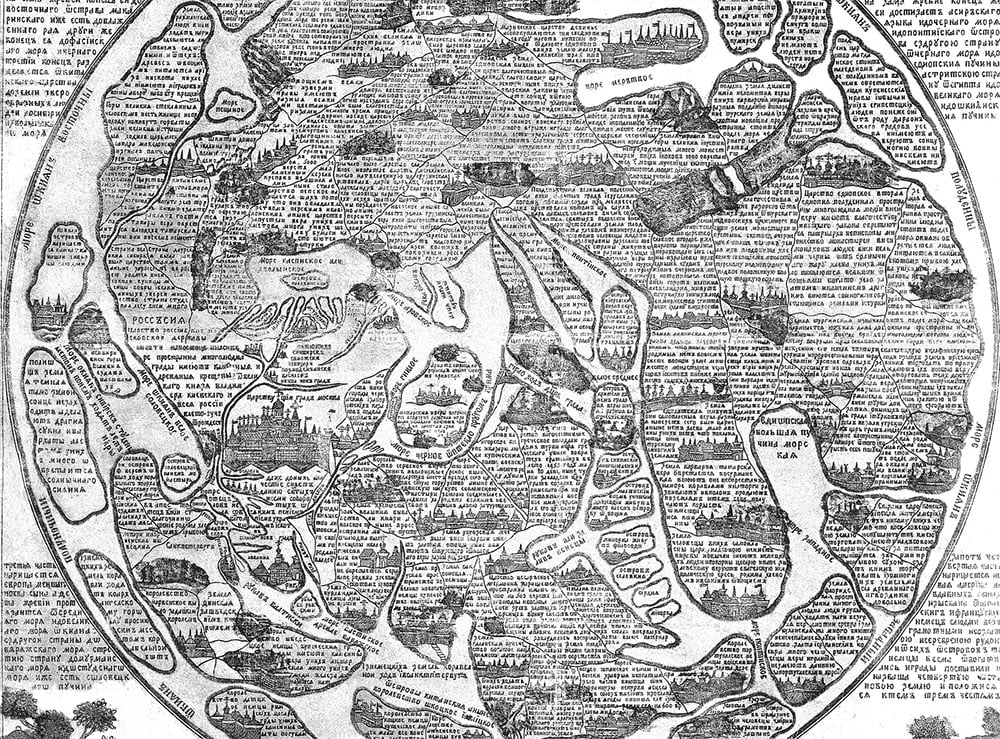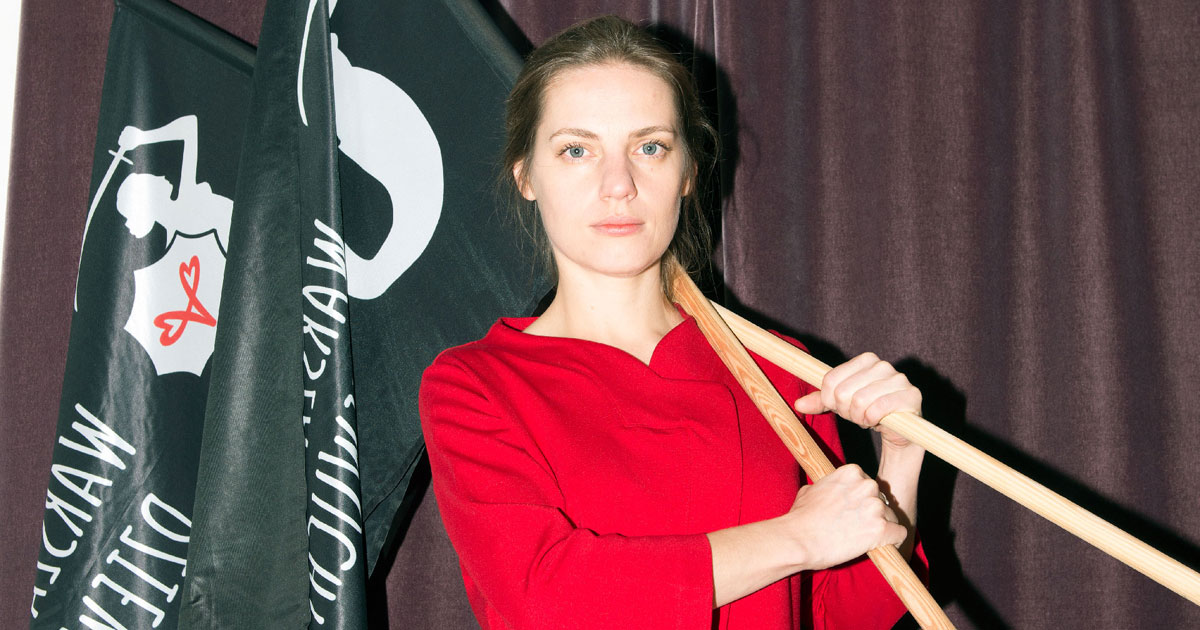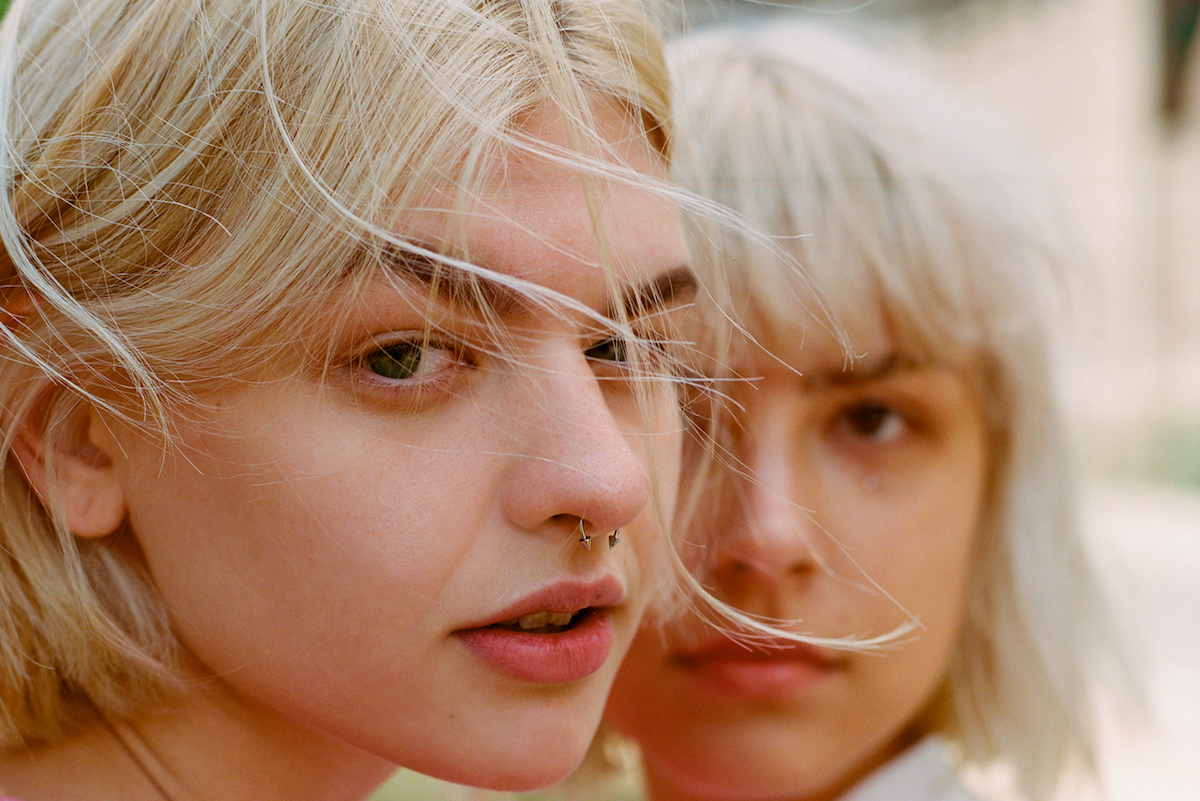The female gaze behind the Iron Curtain: the brilliant archive of Joanna Helander
We take a glimpse into the lives of women in communist-era Poland and ask why brilliant careers of female photographers are still overlooked.
I’ve begun to wonder whether late artistic recognition — especially when it comes to female photographers — places too much importance on the size of the archive left behind. Important revisions to and rediscoveries in the canon seem to follow the same pattern: a massive, unseen body of work by a woman comes to light and photographic history is wrestled from male hands, once again. How else should we value the legacies of women overlooked by grand art historical narratives? And who else gets to be in the canon?
You may be familiar with Vivian Maier, a Chicago nanny whose vast photographic archive was uncovered only after her death. Her story is fascinating: she went from total obscurity to being hailed one of the greatest street photographers of the 20th century. But the interest in her work seems to suggest something dangerously unattainable: that to be included in the photographic canon either late in your career or posthumously, you have to both possess a colossal back-catalogue, and yet remain elusive while you amass it.
Ewa at the coking plant, Ruda Śląska (1997)
The history of photography behind the Iron Curtain is lesser-known and so the work of female photographers tends to fall even further through the cracks. Polish photographer Zofia Rydet is perhaps the most famous female photographer of the communist period. Like Maier before her, she was a prolific chronicler. The sheer volume of her archive is staggering. The Sociological Record alone comprised 30,000 portraits she took in households across Poland. Rydet believed that the lives of everyday people should not be forgotten; she was not the only one.
Sweets factory, Godula, Ruda Śląska (1976)
The last few years have seen more than one new “Vivian Maiers” discovered, who each accumulated a vast body of work and are only now beginning to gain recognition with long-overdue shows. Joanna Helander is a figure I’d probably not have come across had I not seen a retrospective of her work during the 2019 edition of Kraków Photomonth. Organised by the Culture of Image Foundation with Helander’s help, Ladies Looking displayed photographs taken between 1976 and 2012, starting with her earliest work focussed on women. Helander’s archive was astonishing and reminded me of the impact a decades-long body of work can have on unfamiliar eyes.
In 1976, Helander (born Joanna Koszyk) returned to Poland to visit her family in Ruda Śląska for the first time since emigrating to Sweden in 1971. It was during such brief stints back to Silesia that she started to photograph women, which resulted in Helander’s first book, published in 1978 in Sweden under the Polish title Kobieta (“woman”).
Helander’s work is intimate, celebratory, and warm. It’s easy to forget it was produced in a political environment that Helander herself had fled from. In 1968, whilst studying at Kraków’s Jagiellonian University, she participated in a nationwide student revolt and was arrested for seven months after putting up a poster with the slogan “Moscow! Hands of Czechoslovakia!” in a student dormitory. She did not return to Poland for five years after moving to Gothenburg three years later. Given her direct personal experience with political persecution and surveillance over the years that followed, her photos of women’s lives in Poland are proudly jubilant.
Unlike Rydet, who made sure to fit every detail of each household into her portraits, Helander gets up-close with the women she photographs. They smile, they laugh, they pull faces. The fact that many of Helander’s street scenes could even today pass for fashion photography is a testament to the photographer’s flair for bold composition. You would never guess that the model in one 1976 portrait is a factory worker showing off her daily work attire: her perfectly made-up face, plucked eyebrows, and perm scream Hollywood glamour, not industrial mundanity.
Helander continued to photograph women for four decades, during which time she also directed several award-winning documentary films. As far as her photographs go, she is best known for her portraits of Poland’s visionaries, an impressive list of cultural figures that includes filmmaker Agnieszka Holland, writer Olga Tokarczuk, poet Wisława Szymborska, and many others. On a surface level, you get a sense that the photographer was interested in nothing less than forming genuine connections with the women she documented.
In the exhibition catalogue for Ladies Looking, writer Niclas Öslind expands on how much Helander’s first book was shaped by the women’s liberation movement sweeping Sweden in the 1970s. When she brought an exhibition of Kobieta to Poland in 1979, it received a positive response from independent Polish newspaper, Tygodnik Powszechny, and other specialists in photography, such as Alfred Ligocki. When I reached out to Helander to ask why she didn’t publish the book in Poland, she explained there had been no independent publishers there at the time.
Aunt Gryjta with Dominik, Moczygembino, and Kołodziejczyczka, Orzegów, Ruda Śląska (1977)
What is remarkable about Helander’s archive is how little it relies on nostalgia for full effect. There is so much life in these photos, you get the sense these women could be our friends, our sisters, our mothers. In many ways women artists are in a far better position today than they were 50 years ago. Still, institutions put pressure on female photographers to present a huge archive of work in order to be included in the historical canon. Looking at Helander’s photographs, it becomes obvious that a photographer’s genius lies really in the unfiltered moments — the fleeting, often indistinct, expressions — of human joy and struggle.




